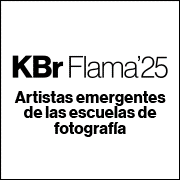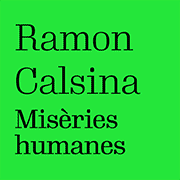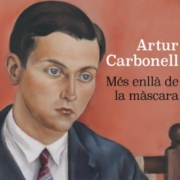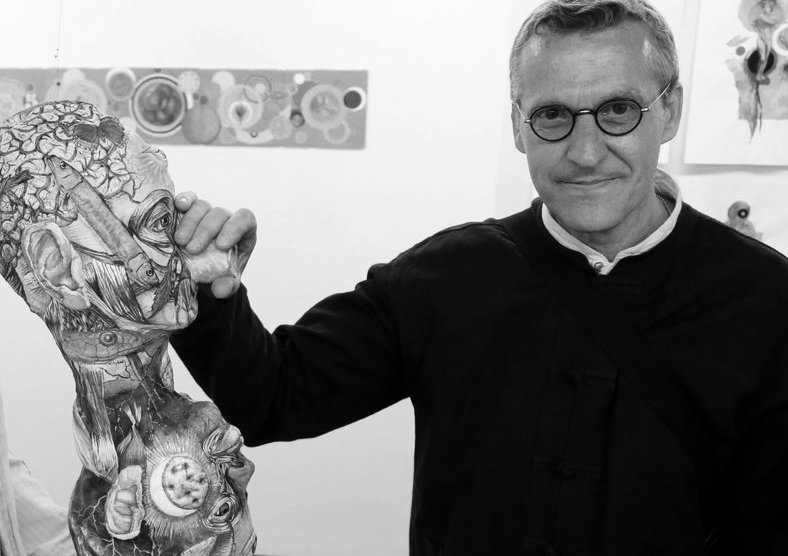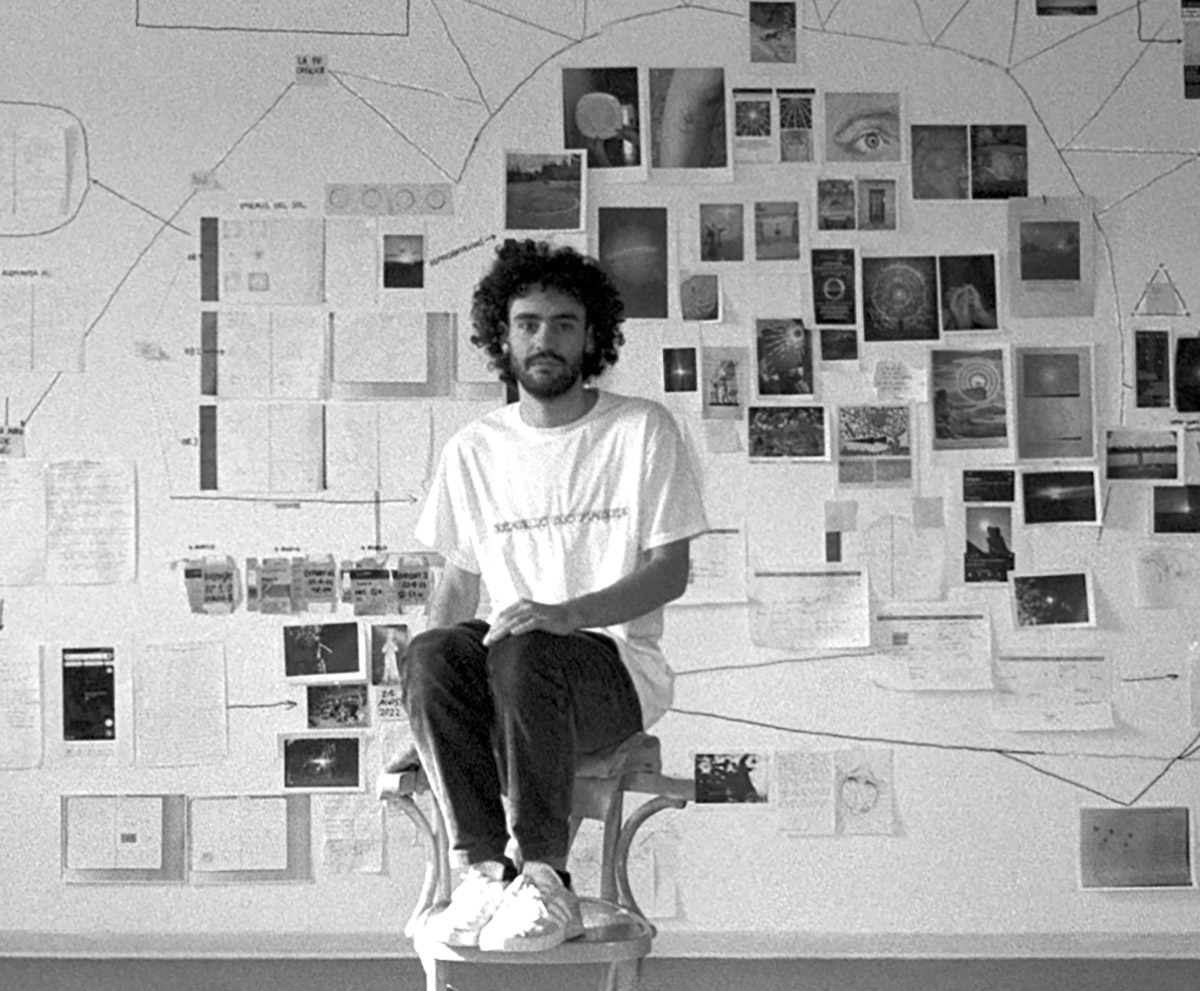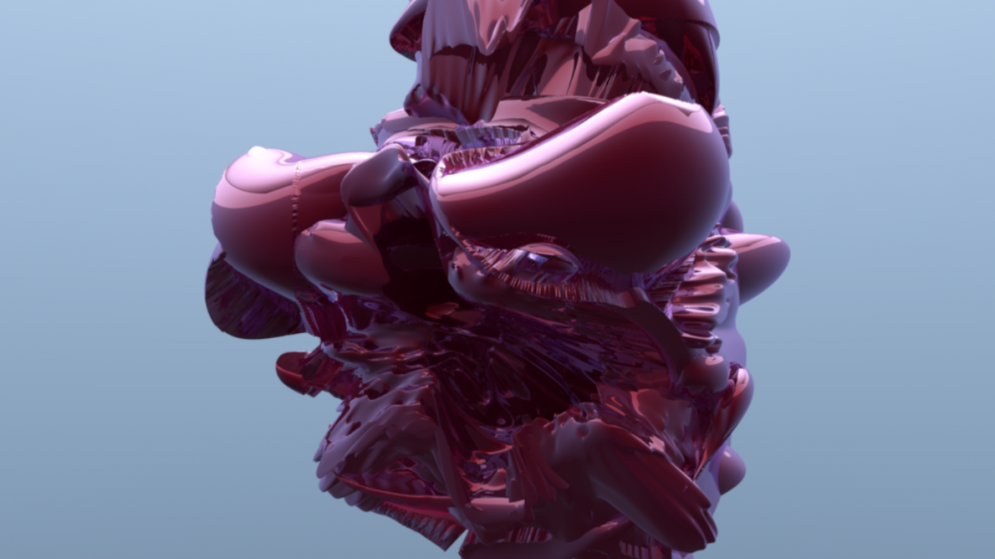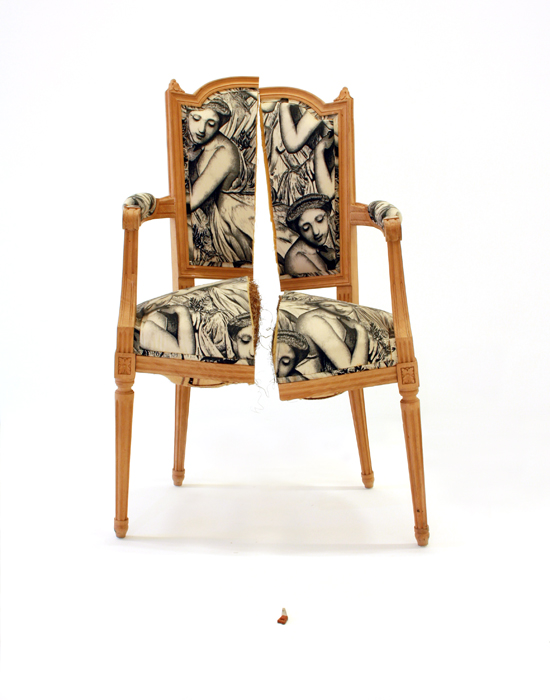Exhibitions
Can Framis exhibits 'Joan Claret and Joan Vilacasas. Donation of the Brigitte and Hans Robert Thomas' Collection
The collectors treasured more than 200 works which, at the will of their heirs, were donated to the art fund of the Vila Casas Foundation.
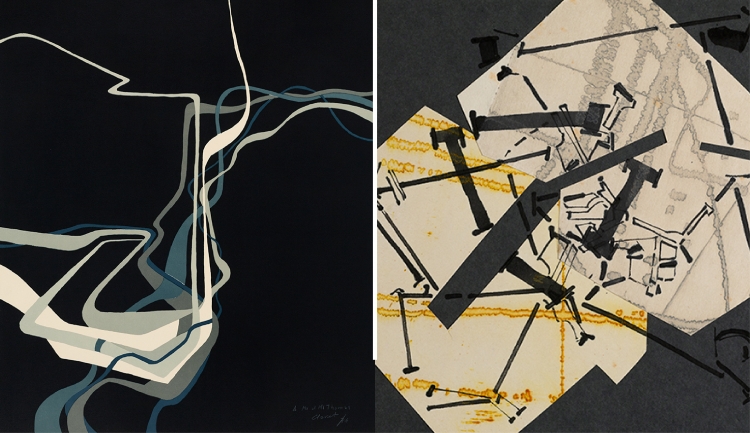
The Vila Casas Can Framis Foundation presents the Joan Claret and Joan Vilacasas exhibition from November 7 to January 14. Donation of the Brigitte and Hans Robert Thomas Collection.
The Brigitte and Hans Robert Thomas Collection is the reflection of a long friendship between the German couple, formed by Hans Robert Thomas (1924-2019) and Brigitte Hueck (1929-2009), and two of the most prominent artists of the post-war Catalan abstraction: Joan Claret (Barcelona, 1929-2014) and Joan Vilacasas (Sabadell, 1920-2007).
Curated by Bernat Puigdollers and Àlex Susanna, the exhibition focuses on the friendship between the German couple, formed by Hans Robert Thomas and Brigitte Hueck, with the artists Joan Claret and Joan Vilacasas. Bernat Puigdollers emphasizes that the exhibition wants to vindicate the historical value and validity of the two artists.
Based on the donation of the Collection, this exhibition raises a fruitful dialogue between the two artists, members of the 0 Figura group (1960-1963), which they created together with Tharrats, Hernández Pijuan and the critic Santos Torroella around the Gaspar Room The activities of this group played a decisive role in the process of consolidating abstract currents in Catalonia and both artists made an outstanding contribution. Despite each having a very recognizable work, these are two trajectories that present significant parallels and that give rise to an intense dialogue between the plans of Vilacasas and the kinetic art of Claret.
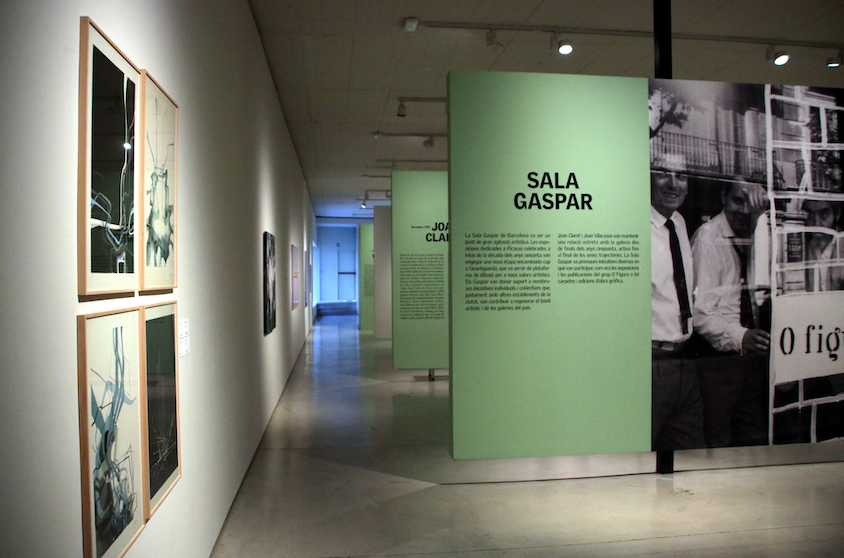
The exhibition, points out Puigdollers, tells the story of a friendship between two artists, Joan Claret and Joan Vilacasas, but also the friendship with some German collectors who were "fascinated by his work and participated in the artistic frenzy that was lived in Catalonia in the 60s". They discovered these two artists, through the Sala Gaspar, who were committed to "the vindication of abstraction and a break with the figurative and academic past that has an international vocation".
The Thomas couple had a well-to-do position, the co-curator explains, and they began to spend their summers in Spain in the 60s and there they discovered the work of the two artists, began to acquire their work and from there they got to know each other personally the two artists and had a close friendship with them from the early 60s until his death. In total they gathered around 200 pieces that they showed publicly and acted as dealers of their work in Germany.
After the couple's death, their children wanted the works to return to Catalonia and made a donation to the Vila Casas Foundation. In the exhibition, he adds, the complete donation is not shown, but "an extensive sample of the fund that explains the friendship between the artists and the relevance of the two painters".
Puigdollers points out that the two painters not only had a friendship, but that they had "many affinities both for their reflections on space and their interest in abstraction". He points out that Vilacasas was "an artist who was beginning to be recognized at the end of the 50s and she got to know Claret's pictorial side and when she saw his abstract works she was encouraged to continue". He emphasizes that "they work in parallel" and that "they have a common root that unites them personally and intellectually".
The co-curator believes that the exhibition allows us to see an artistic evolution of Joan Claret and Joan Vilacasas, through a friendship that lasted over the years. "Those that seem to be smaller works like small notes, drawings and letters that have a small drawing and small dedications are interesting."
collection
The complete collection donated to the Vila Casas Foundation consists of 177 works by Joan Claret: 160 paintings and 17 engravings on different engravings. There are 81 works by Joan Vilacasas: 61 paintings, 11 graphic works, 2 artist books with original engravings and 7 sculptures. In addition to documentation of both artists.


